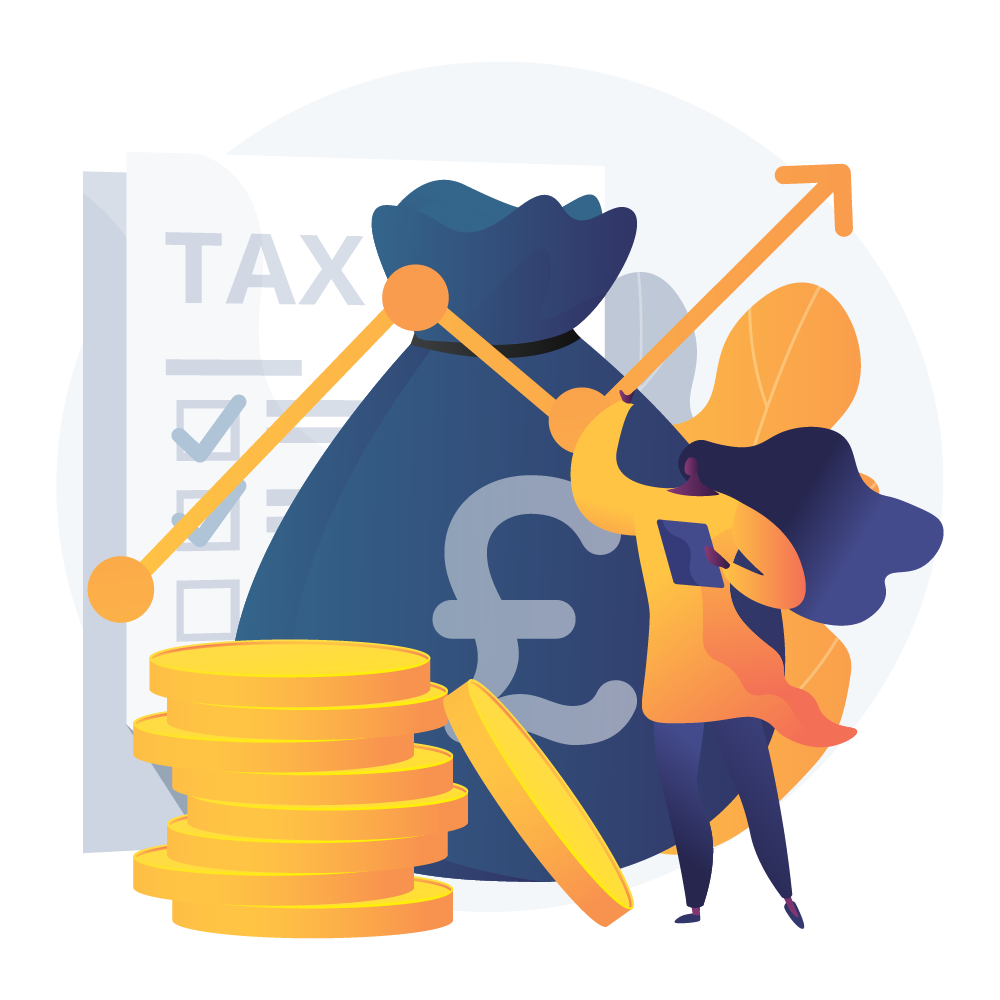R&D Capital Allowances :
R&D Capital Allowances :
Research and Development Allowances (RDAs) are a type of capital allowance that allows companies to deduct 100% of the cost of R&D assets from their taxable profits. R&D assets include premises, plant & machinery, software, and company cars. The amount you can deduct is unlimited.

This short guide explains what R&D Allowances (RDAs) are, how they work, if you’re eligible, and how to make a claim.
R&D Allowances (RDAs) are a form of capital allowance, which is a tax deduction on capital expenditure.
They allow you to claim 100% tax relief on any eligible capital expenditure related to your R&D activities.
If you’re spending money on assets that are helping you to deliver a qualifying R&D project, then you could be eligible for R&D Allowances.


Unlike some other capital allowances, they are not capped and have a more generous list of qualifying expenses.
The Annual Investment Allowance (AIA), first-year allowances and business car allowances cannot be used for property or facilities. Additionally, the AIA is capped at £1 million, which means some companies may need to turn to RDAs.
Expenses can only qualify as R&D if they meet the government’s guidelines. These criteria are the same as those for R&D tax relief but also include oil and gas exploration and appraisal.
Expenditure qualifies for RDAs if it is used to carry out R&D, or if it provides facilities for carrying out R&D. This includes:
Expenditure on rights and on land (even if necessary to build qualifying property) do not qualify.


R&D Allowances allow you to claim for any fixed assets that have been purchased for R&D activities. These can range from equipment and research costs to expenses for building renovations.
When you file for R&D Capital Allowances (RDAs) with HMRC, you’ll need to make sure the RDA is reflected correctly in your tax computations and CT600 and that all your R&D expenditure is recorded and eligible.
You should also include a project brief that explains why these capital expenditures were made and how they relate to your industry and your R&D project.
We’ve been making capital allowance claims for over a decade. With a 100% success rate, we’re so confident in our offering that we offer our R&D capital allowances claim services on a success-only basis.
Our team of specialist R&D tax advisers will handle your RDA claim from start to finish and ensure you get the maximum amount of R&D capital allowances.
About Myriad

You will need to provide evidence to show:
You can claim R&D Capital Allowances (RDAs) up to a year after the tax return deadline. This means you could potentially claim RDAs for up to 2 years after the accounting period that their costs were incurred.
Because this is also true for R&D tax credits, claiming both allowances simultaneously is a good idea.
Yes. You can’t claim RDAs and R&D tax credits on the same expenditure, but you can claim them in the same year on different spending. The trick is to ensure you maximise the tax reliefs that give you the best possible outcomes.
R&D Tax Credits usually only apply to the R&D costs that are incurred on a day-to-day basis (e.g. staff wages), as opposed to expenditure on capital assets (e.g. buildings).
To summarise the differences between the two:
RDAs apply to capital expenditure on things like plant machinery, facilities and buildings (not land). The most significant benefit of RDAs is that you’ll get a 100% first-year capital allowance, so no tax relief on up to 19% of the asset's cost.
R&D tax credits apply to operational / revenue expenditure on things like salaries, consumables, subcontracting and software. The most significant benefit of R&D tax credits is that you can claim up to 33% of the R&D costs incurred.
An RDA must be claimed within 2 years. There is no clawback of the tax relief if the company stops using the equipment for R&D purposes, whether that is during the period or after.
Most R&D-related capital expenditure qualifies for a tax reduction under R&D Capital Allowances. Exceptions include spending on intellectual property and land.
Spending on the following is always eligible:
Spending on the following may be eligible:
R&D Capital Allowances are a form of tax relief. They allow you to claim 100% tax relief on any eligible capital expenditure related to your R&D activities.
So, if you’re spending money on assets helping you develop or improve products, processes, materials, or services or resolve scientific or technological uncertainties, you could be eligible for R&D Capital Allowances.
Don’t overlook R&D Capital Allowances if you have:
Contact Myriad to get the ball rolling on your R&D Capital Allowances claim.
Expenses that qualify for RDAs:
Activities that qualify for RDAs:
If your project is eligible for R&D tax credits, you should claim R&D Capital Allowances for any capital expenditure. Activities such as developing or improving materials, products, services and processes would be eligible for an RDA claim.
R&D Capital Allowances is a generous scheme providing another revenue stream to support your R&D projects.
Benefits:
Step 1 of #
Is your business registered for Corporation Tax in the UK or are you a partnership with corporate owners?
Have you developed new or improved existing products, processes or services in the last 2 accounting periods?
Does your business have fewer than 500 staff, and either: A turnover of no more than €100 million; or Gross assets of no more than €86 million?
Sorry, you must be a UK limited company or be a Partnership with corporate owners to be eligible for R&D tax credits.
In order to qualify for R&D tax credits you must be seeking to advance science or technology within your industry. As you’ve not developed any new or improved any existing innovative tools, products or services, and not re-developed any existing products, processes or services in the last 2 years. It is unlikely you have any qualifying activity. If you’re unsure, email or call us and we’ll help clarify.
In order to claim R&D tax credits, you need to either employ staff or spend money on contractors, consumable items and other items. If you’re unsure, email or call us and we’ll help clarify.
Thanks for that!
Congrats!! Based on your previous answers, you will qualify for the SME scheme. If you’d like some help maximising and securing your claim, please email or call us.
Congrats!! Based on your previous answers, you will qualify for the RDEC scheme. If you’d like some help maximising and securing your claim, please email or call us.
Speak to an expert Back